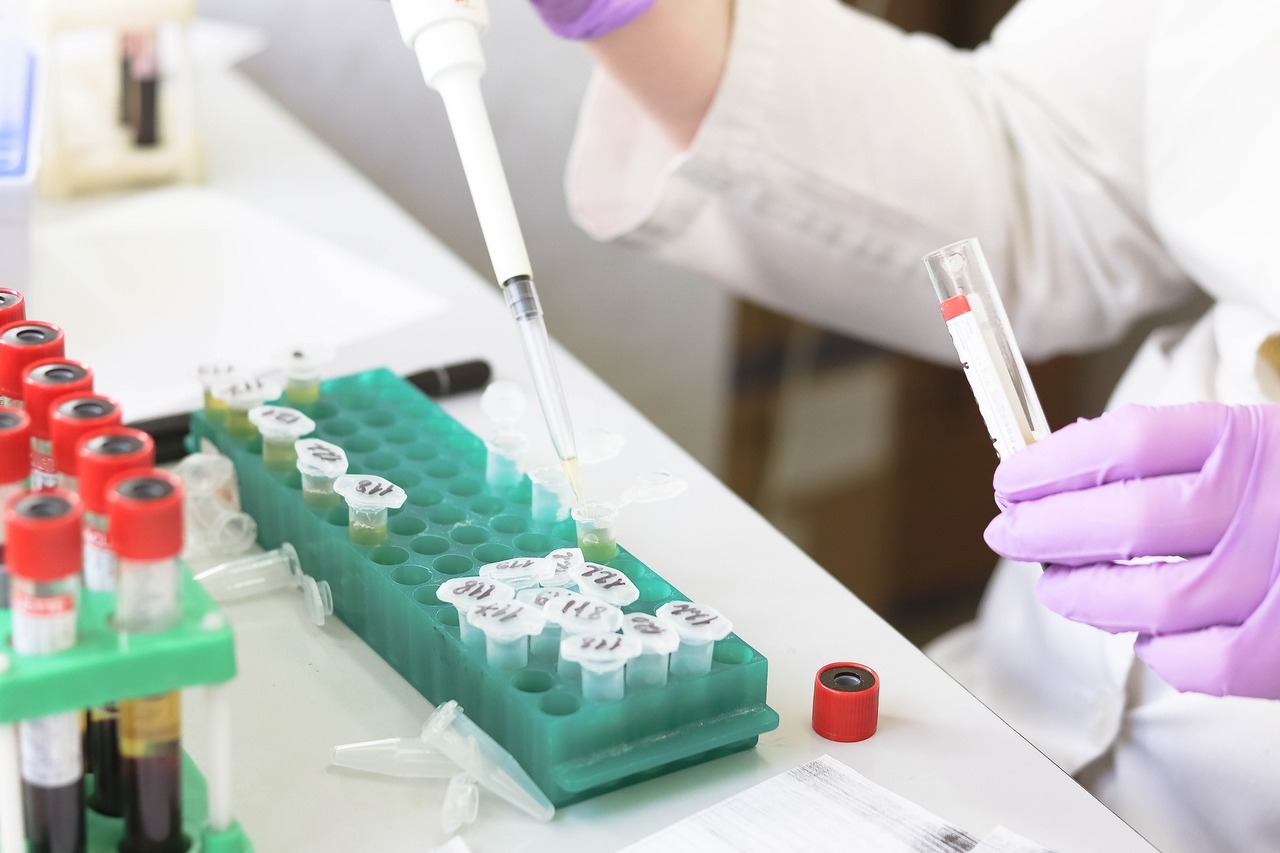Sometimes chasing laziness results in good research. Maybe it is more accurate to say expert driven resource utilization guides good research. Cadham Provincial Laboratory is the public health laboratory in Manitoba, Canada. We are responsible for the vast majority of viral testing in the province and have extensive experience in molecular testing for seasonal respiratory viruses such as influenza and RSV. SARS-CoV-2 caught us. We thought we were prepared but like virtually all other labs across Canada and the US, we underestimated the volume of tests coming our way. At first, the medical laboratory technologists kept saying “give us our juice and we’ll keep testing!” but volumes didn’t slow down, our colleagues were burning out, and we had to find new and innovative ways to continue to provide testing and report out timely and meaningful results.

When we were reviewing infection control guidelines on when to release COVID-19 patients from isolation, one of the criteria was to perform two SARS-CoV-2 RT-PCR tests at 14 days of symptoms at least 48 hours apart. If these tests were negative, patients could be released from isolation. Our first thought was, “well that’s stupid”. In our experience, molecular detection of respiratory viruses continues not uncommonly for 3-4 weeks from symptom onset and sometimes up to 6-8 weeks, particularly in critically ill patients and the immunocompromised. We also knew that molecular detection does not equate with infectivity. Respiratory viruses typically do not grow in cell culture beyond a week or so even when they continue to be detected by molecular methods. Further, we knew that cycle threshold (Ct) increased over the course of illness. Our goal became to determine if symptom onset to test and RT-PCR Ct value could be used to predict whether someone with COVID-19 had infectious SARS-CoV-2 instead of a nucleic acid remnant. We are quite fortunate in Manitoba. We are closely linked, including through the University of Manitoba, with the Canadian National Microbiology Laboratory. They have state of the art facilities and experience growing SARS-CoV in a Vero cell culture system that would translate well to SARS-CoV-2. We had everything we needed!
We found that Ct values >24 and having symptoms for 8 days or more were both associated with a lack of infectivity in cell culture (https://academic.oup.com/cid/advance-article-abstract/doi/10.1093/cid/ciaa638/5842165). The higher the Ct value and the longer the duration of symptoms, the less infectious samples became. What does that mean? First, cell cultures aren’t people but they do predict infectious virus far better than molecular techniques. Fortunately, our colleagues around the world have very similar results. This allows us to be more confident in saying that people can come out of isolation at 10-14 days of symptoms. Testing to end isolation probably is not necessary and we can save supplies for more important screening and surveillance.
Of course, who doesn’t like to avoid unnecessary work? If our research helps others do just that and save some resources in the process, we have done our job.





Please sign in or register for FREE
If you are a registered user on Research Communities by Springer Nature, please sign in